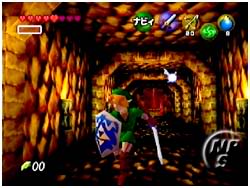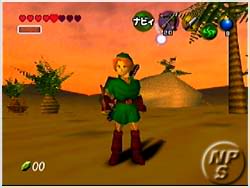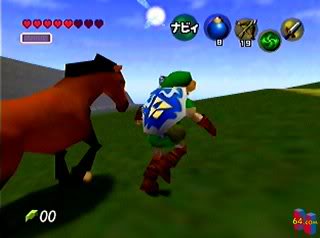Part II - The Story And Its Evolution

Much of what we know about the early
periods of development was gathered from multiple articles, several
websites, and some of the interviews we could find. As of such,
it's not going to be 100% accurate, but we feel this is probably about
as close to the true history of the story as we can get.
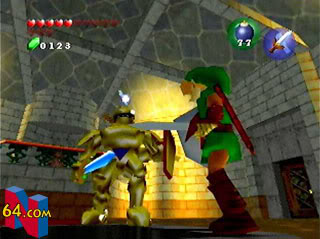

A child from the forest is summoned
by the Great Deku Tree and is told that he has been cursed by an evil
dark man known as Ganondorf. The child manages to break the
curse, but Ganondorf has begun to affect other parts of Hyrule as well,
and so the Deku Tree bids him to rid the land of this malevolent
force. The evil force lay within several dungeons, and each one
was cleansed by the child until all of Hyrule was freed from
Ganondorf's touch. The child then went to Ganondorf's castle,
where he took the Master Sword and destroyed the source of this evil
once and for all.
The original version of this story is actually quite similar to our own, although it lacked the traveling through time or the extra races (Kokiri, Goron, and Zora). There also were significantly different dungeons, with only a couple bearing any resemblance to the ones we have now.
The original version of this story is actually quite similar to our own, although it lacked the traveling through time or the extra races (Kokiri, Goron, and Zora). There also were significantly different dungeons, with only a couple bearing any resemblance to the ones we have now.
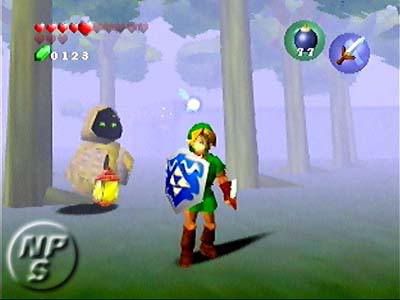 Lost Woods |
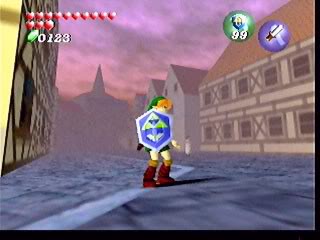 Hyrule Market Town |
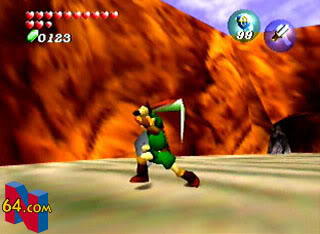 Death Mountain |
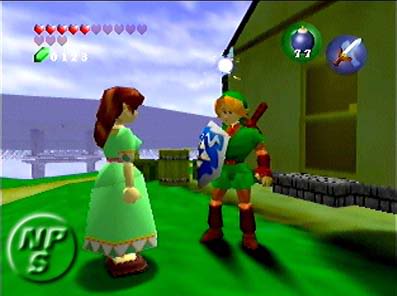 Lake Hylia |
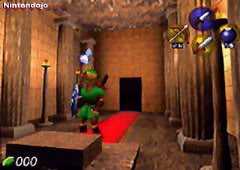 Hall of Time |
 Hyrule/Ganon's Castle |
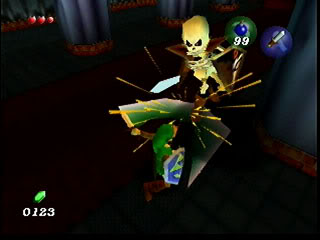 Stalfos Dungeon |
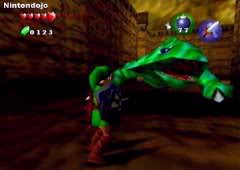 Dodongo Dungeon |
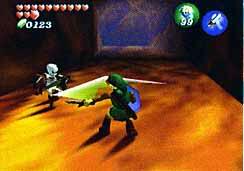 Skulltula Dungeon |

